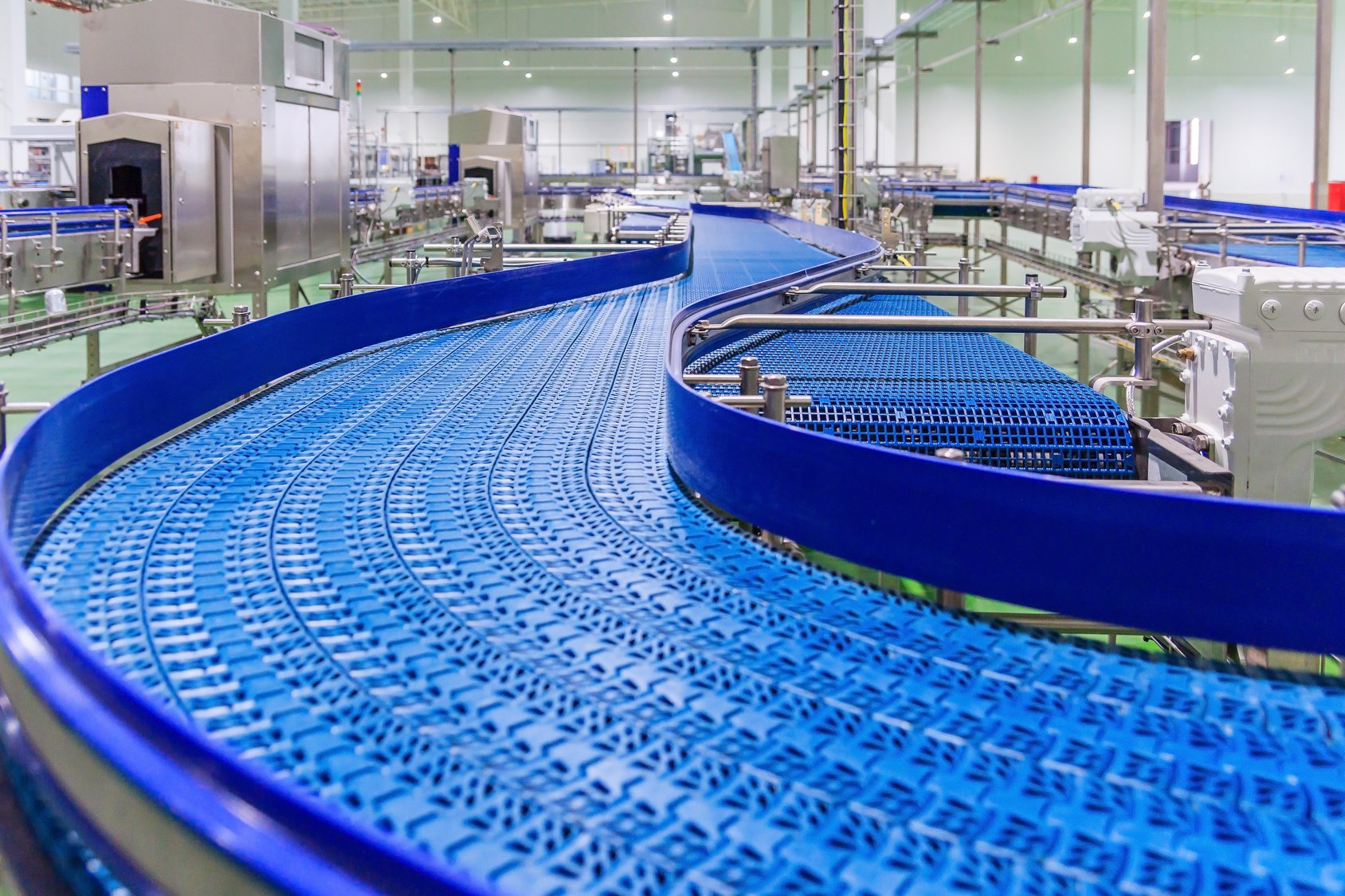Just what is digital transformation?
For a while now, I’ve been hearing the term “digital transformation”; but I never really thought about it. Usually, when I hear the same term over and over, I can figure out its meaning by the context in how it’s used. That was not the case here. I never asked the person using the term because I didn’t want to look stupid. Of course, pretending you know something when you don’t is the ultimate in stupidly, so I Googled it. Here is the definition according to i-SCOOP's website:
"Digital transformation is the profound transformation of business and organizational activities, processes, competencies and models to fully leverage the changes and opportunities of a mix of digital technologies and their accelerating impact across society in a strategic and prioritized way, with present and future shifts in mind."
No wonder I didn’t know what digital transformation was. I don’t even understand its definition. When I thought about it though, I focused on digital transformation in manufacturing. I never called it digital transformation, but I’ve seen many changes involving the digital world; mostly driven by the PC. Drafting evolved to CAD. Paper letters, orders and invoices replaced by faxes and email; and now faxing is almost non-existent because it’s replaced by scanning.
Then there is Enterprise Resource Planning (ERP). This transformed all of the subsystems manufacturers were using and rolled it into one database, creating one fully integrated system. We have been helping companies do this for over 25 years. With this in mind, I came up with my own definition of digital transformation for manufacturers:
"Use ERP to manage work order costs, capacity and inventory so you can stop guessing."
I liked my definition better than i-SCOOP’s, because I understand it. (No offense i-Scoop.) Let me break it down starting at the end.
Related: Infor CloudSuite Industrial ERP
Related: Infor VISUAL ERP
Start with the finish
The last part is: “…so you can stop guessing”. When it comes to providing ship dates, there is a lot of guessing going on. It’s educated guessing, but that’s still guessing. Typically, what I find companies who don’t manage their capacity do is create lead times for different families of products, and sales needs to abide by those lead-times. Creating lead-times is guess #1. If a customer wants a product sooner than the standard lead-time, sales needs to go to someone to ask if it can be done. The answer sales gets is guess #2. Guessing only gets you so far, so companies who do this typically deal with late orders every single day. Every. Single. Day.
Back up to the middle
How do you stop guessing? That brings us to the middle part of my definition: “… to manage work order costs, capacity and inventory…” . This is all in ERP, so this is the digital part. In order to do this, you have to start with accurate, clean data, and there needs to be a process to keep that data clean. This is where companies fail, because they don’t create processes that keep the data clean. Since the data isn’t clean, they don’t use and/or believe the data. The best way to keep data clean is to rely on the data. I’m not suggesting using bad data; I’m suggesting developing a process to answer a reasonable business question by using data in your ERP system. What were my cost variances on a work order? is a reasonable business question. Using ERP to answer that question is the purpose of ERP. If you don’t believe the data, find out why it’s wrong and fix the process so it’s right. Without good data, you have to answer the variance question with a guess; and you want to stop guessing.
Finish with the start
Now we get to the beginning of the definition: “Use ERP…”. This is the transformation part, but it’s not a transformation just because there is digital data in ERP. The transformation takes place when companies rely on and use the data. The digital too allows their culture to transform. Tools don’t change companies, people do. They transform from “voice-activated” companies to digital (data) companies. Before the transformation, Production tells Sales what date a rush order is going to ship. Supervisors tell employees what to run. Production meetings are held, so everyone can talk about where orders are and if they will ship on time.
Companies that go through the transformation use ERP to see if they can meet their customers' want dates. Employees know what to run because they have a dispatch report produced from the schedule the ERP generated. Production meetings aren’t held to discover the status of work orders; everyone already knows that. The meeting is to discuss how to get problem orders back on track.
Leadership drives culture change
There is a certain “freedom” in being voice-activated; there is a certain discipline in being data driven. (Freedom is in quotes because you are actually a slave to the lack of data; but it feels like freedom because you can say and do what feels right without worrying about what the data would say.) This is the culture change I’m referring to: Data driven decisions versus guesses and discussions. Intellectually, most will agree data driven decisions make more sense. That is until they need to become more disciplined and use data to make decisions. It feels weird, so it seems difficult, so employees want to retreat to their old ways. This is where leadership comes in. It’s also where we come in. Let me know if you’d like to have a discussion about this.









